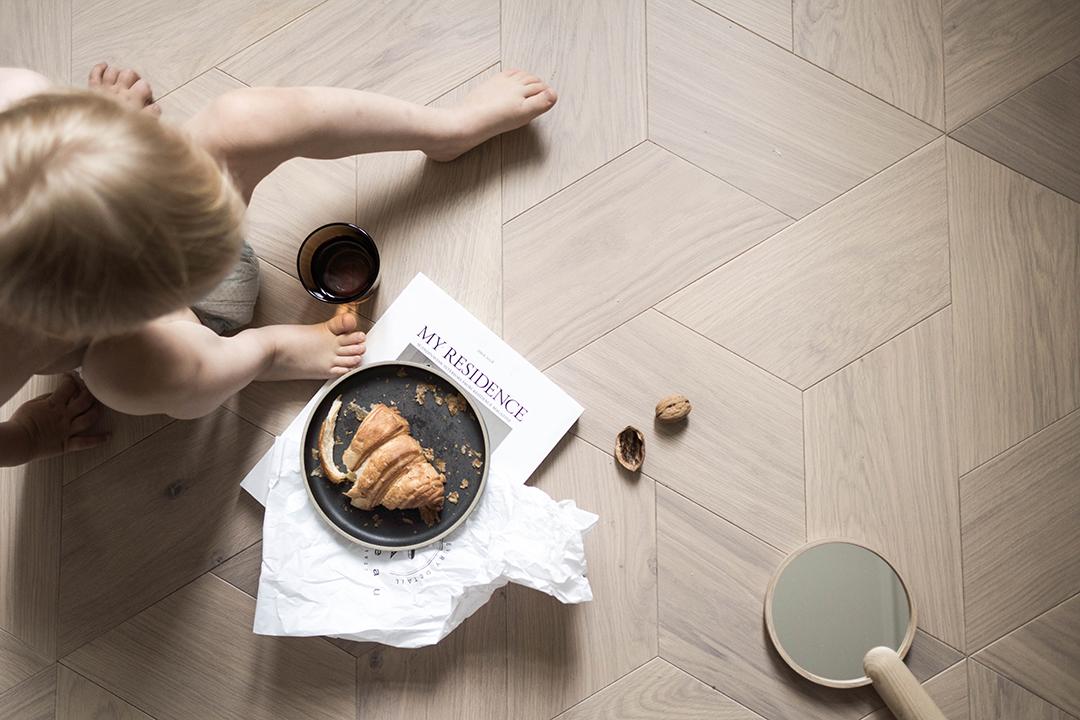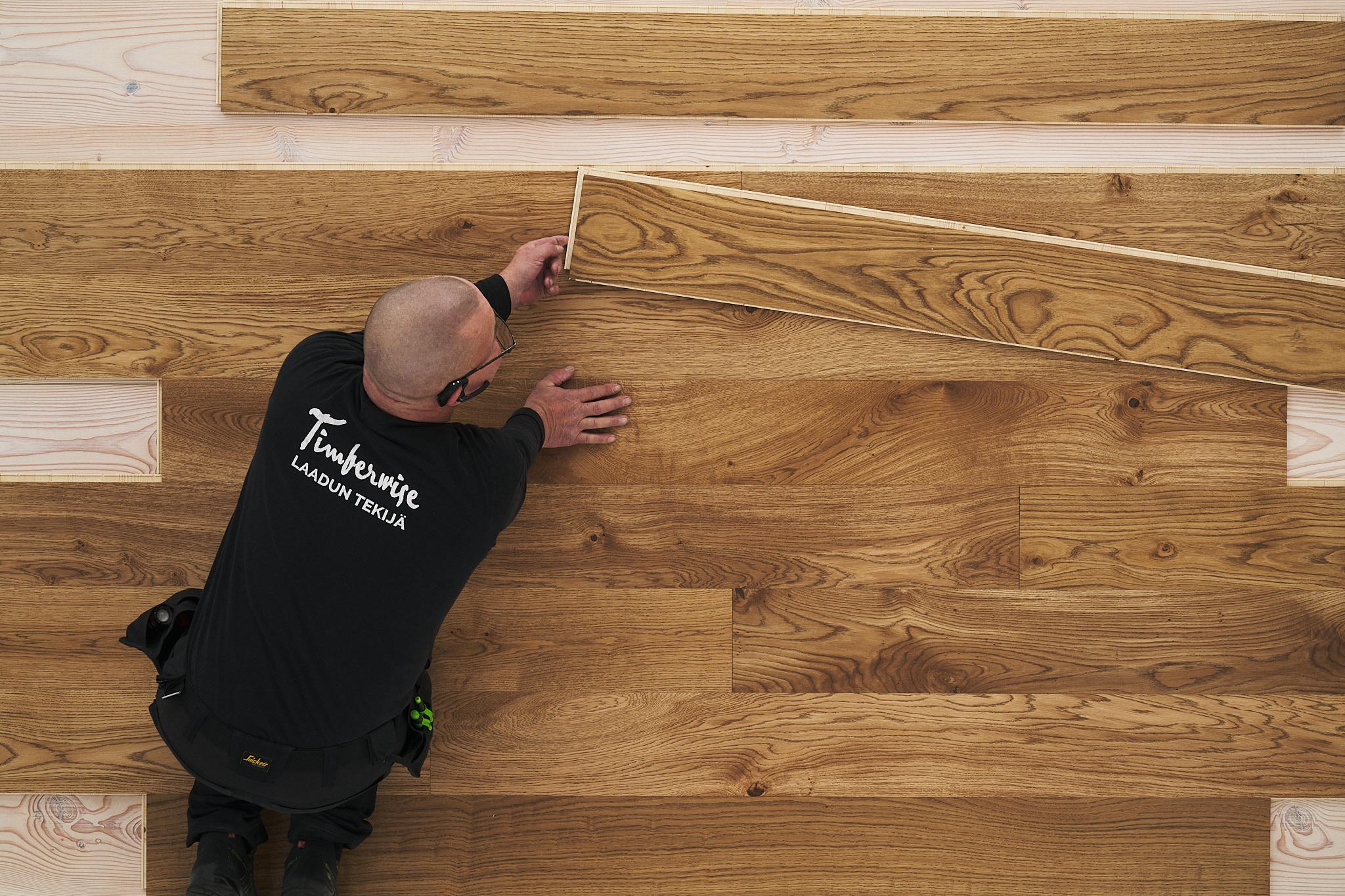Parquet is one of the most popular floor coverings in homes and public spaces due to its beautiful appearance and durability. If well cared for, the parquet floor will last from generation to generation. However, many parquet surfaces may start to creak over time, which can cause problems and worries for the owners. Parquet creaking is usually caused by several factors, the most important of which are humidity, temperature fluctuations and installation methods. On our website you will find comprehensive installation instructions, which everyone who installs parquet should read before installation

Timberwise wooden floor is a completely organic product. Modern manufacturing technology, critical sorting and quality control do not remove the natural properties of wood. Wood is hygroscopic, i.e. a “living” material. Wood binds and releases moisture according to the prevailing air humidity and temperature. Consequently, the wood material swells when it binds moisture and shrinks when it releases moisture.
One of the most common reasons for parquet creaking is moisture. Wood materials expand and contract with changes in humidity. If the parquet is installed too tightly or if the humidity conditions in the room vary greatly, the wood may start to creak and cause disturbing sounds. It is important to keep the humidity level in the room and to make sure that the parquet is installed correctly. Maintain optimal conditions for the parquet floor before installation, during installation and after installation. (Relative humidity of room air 35%-60% RH, temperature +18–24 °C)
Another reason for rattling can be temperature fluctuations. As the temperature changes, the wood expands and contracts, which can lead to sounds. This phenomenon is especially common in the winter months when heating can dry out the air. Appropriate indoor air temperature and humidity are key to preventing rattling.

The way the parquet is installed also affects the creaking. At Timberwise, there are generally two different installation methods to choose from for plank parquets: WiseLock and glue pontoon. Patterned parquets have only one option for installation, and that is gluing to the substrate with the right adhesives and by an installer approved by Timberwise. Poorly installed parquet, with insufficient room for movement or joints, can cause problems over time. The first and one of the most important is the ground work before installing the parquet. The permitted flatness deviation of the floor is ±2mm/2m. Install the baseboards in place to cover the expansion joints. The baseboards are attached only to the wall, not to the floor. If the creaking of the parquet worries you and you have chosen the WiseLock lock pontoon as the method of attachment, you can also install it by gluing it to the pontoons. For this purpose, a different glue is used than the floors that are glued to the base. The glue must be flexible so that it does not harden and crystallize when it dries.
After all, parquet creaking is a problem for which it is possible to find solutions. Regular maintenance, humidity and temperature controls, and expert installation help ensure that your parquet remains beautiful and more durable for a long time. By taking care of the parquet, you can enjoy its beauty and functionality without disturbing sounds.
Timberwise’s technical support will help you if there are problems with your floor: info@timberwise.fi / 02-76364220